In recent years, the demand for disposable products has surged, leading to an increase in the production of Mili Paper cup machine. To meet this growing need efficiently, manufacturers are turning to advanced paper cup machines and other equipment for linkage production. This article explores the intricacies of paper cup manufacturing, the essential components of these machines, and the benefits of integrated production systems.
Understanding Mili Paper cup machines
Mili Paper cup machine are specialized devices designed to automate the process of producing paper cups. These machines can handle various sizes and types of cups, making them adaptable to the needs of different markets. The technology involved often includes high-speed operations, precision cutting, and sealing mechanisms that ensure minimal waste and maximum efficiency.
Components of a Paper Cup Machine
A typical Mili Paper cup machine consists of several key components, including a feeder, printing unit, cup forming section, and sealing system. Each part plays a crucial role in the overall functionality of the machine. The feeder supplies raw materials, while the printing unit allows for customization with logos and designs. The cup forming section shapes the cups, and the sealing system ensures that they are securely assembled, ready for use.
Linkage Production: An Integrated Approach
Linkage production refers to the interconnected operation of multiple machines and processes to create a seamless manufacturing flow. In the context of paper cup production, this might include linking the Mili Paper cup machine with additional equipment such as stackers, packing machines, and quality control systems. This integration helps streamline operations, reduce labor costs, and enhance productivity.
Benefits of Linkage Production
The primary advantage of linkage production is the significant increase in efficiency. By connecting various stages of the production process, manufacturers can minimize downtime and optimize resource use. Additionally, this approach allows for real-time monitoring and quality assurance, ensuring that each cup meets industry standards before reaching the market.
Technological Advancements in Mili Paper cup machine
Modern Mili Paper cup machines are equipped with advanced technologies such as automation and artificial intelligence. These innovations not only improve operational efficiency but also enhance product quality. For instance, AI-driven systems can analyze production data to identify patterns and potential issues, allowing for proactive maintenance and reduced machine failures.
Environmental Considerations
As awareness of environmental issues grows, the paper cup industry faces increasing pressure to adopt sustainable practices. Many modern machines are designed to utilize eco-friendly materials and reduce energy consumption. Furthermore, integrating recycling systems into the production line can help minimize waste, contributing to a more sustainable manufacturing process.
Customization and Market Adaptability
With the rise of personalized products, the ability to customize paper cups has become essential. Advanced Mili Paper cup machine offer capabilities for printing high-quality designs directly onto the cups. This flexibility allows manufacturers to cater to specific customer needs, whether for branding purposes or seasonal promotions, thus enhancing their market competitiveness.
Challenges in Paper Cup Production
Despite the advantages, there are challenges in the paper cup manufacturing process. Fluctuations in raw material prices, regulatory compliance, and maintaining consistent quality can pose significant hurdles. Manufacturers must invest in training and technology to overcome these challenges and remain competitive in a fast-evolving market.
Future Trends in Paper Cup Manufacturing
The future of paper cup manufacturing is likely to be shaped by further advancements in technology and sustainability. Innovations such as biodegradable materials and smart manufacturing processes will play a pivotal role. As consumer preferences shift towards environmentally responsible products, manufacturers who adapt to these trends will likely thrive.
Conclusion
In conclusion, the integration of Mili Paper cup machine and other equipment through linkage production represents a significant advancement in manufacturing efficiency. While challenges remain, the benefits of automation, customization, and sustainability position the industry for continued growth. As technology evolves, manufacturers who embrace these changes will lead the way in meeting the demands of an increasingly eco-conscious market.




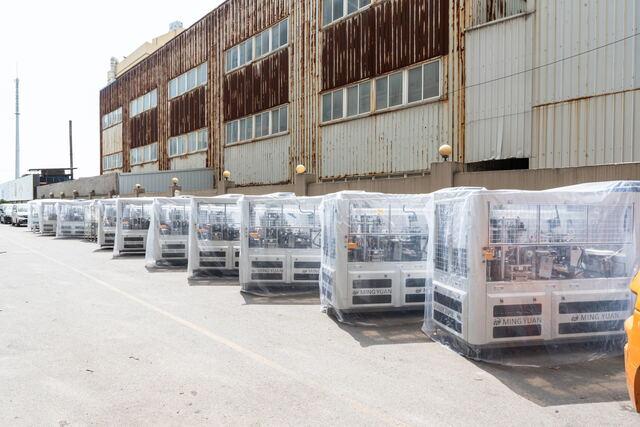
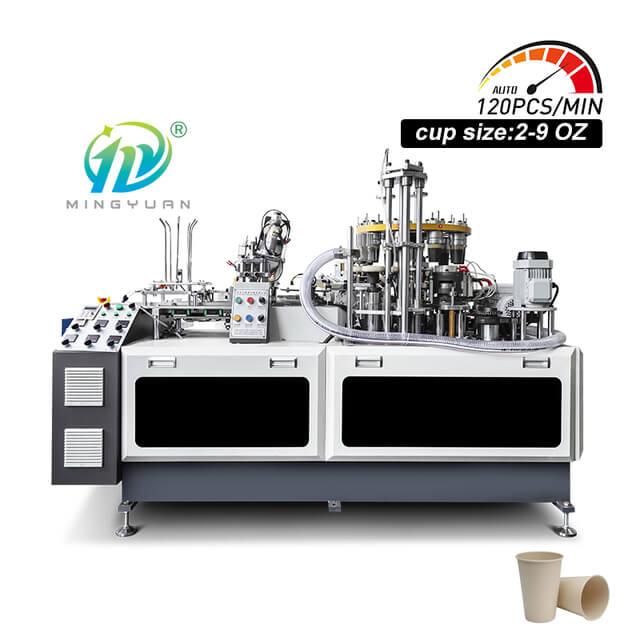
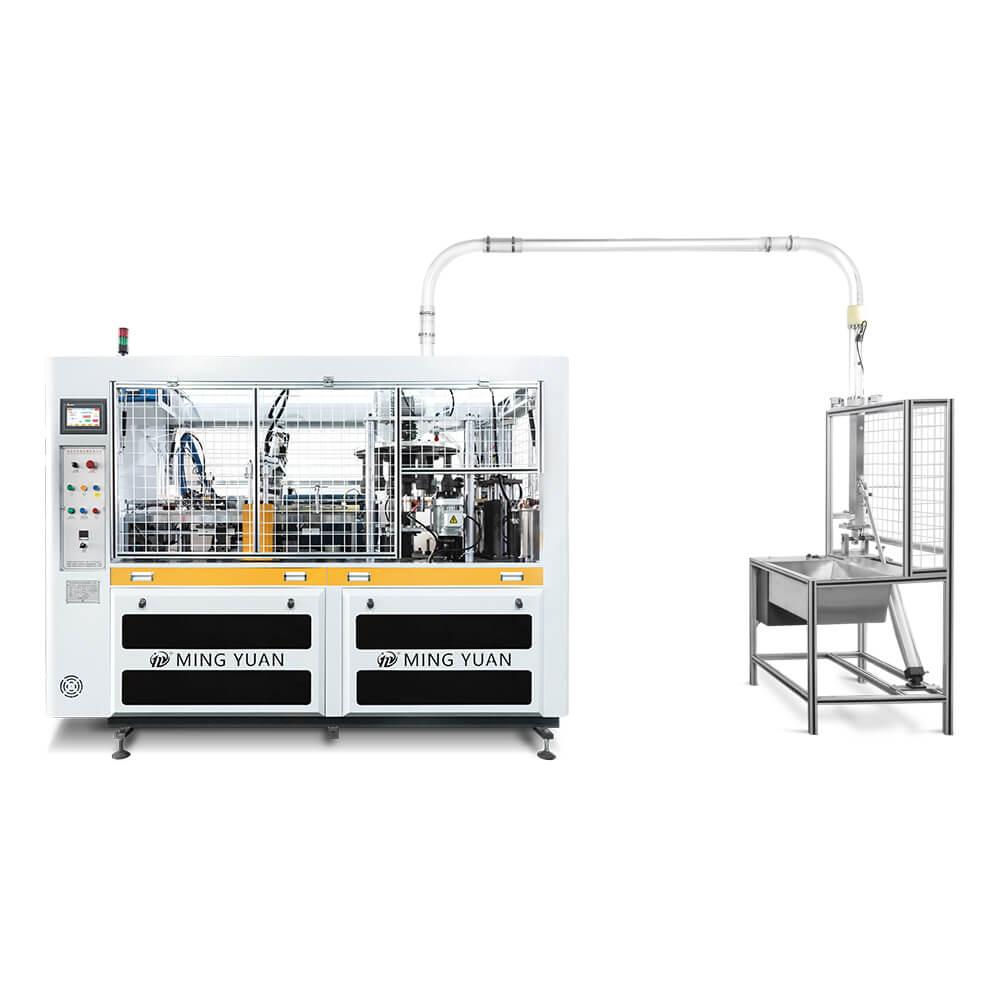

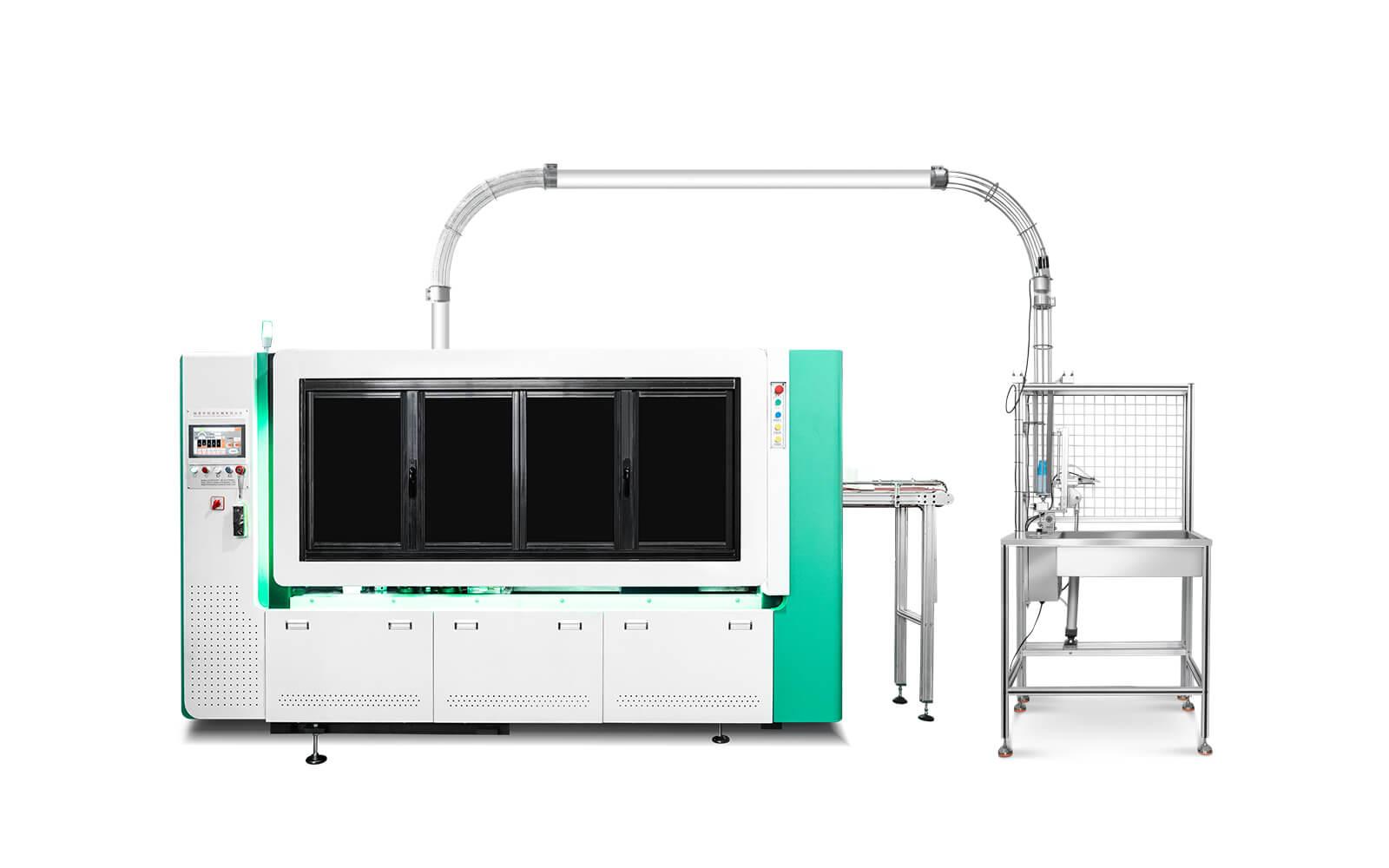
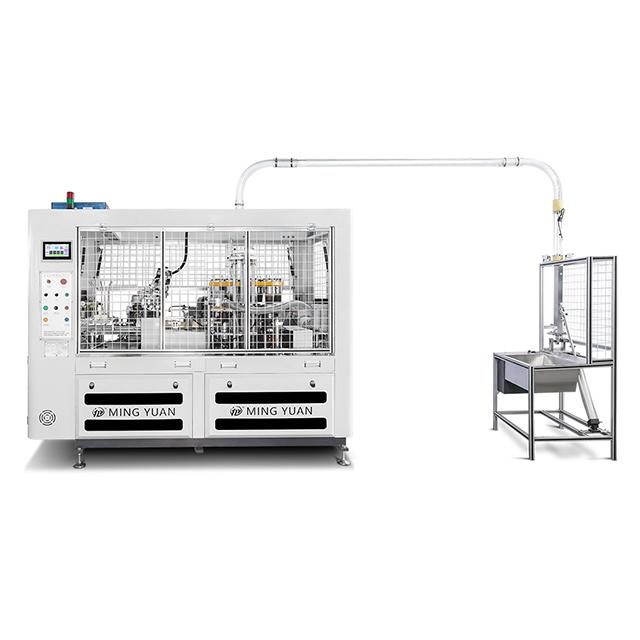

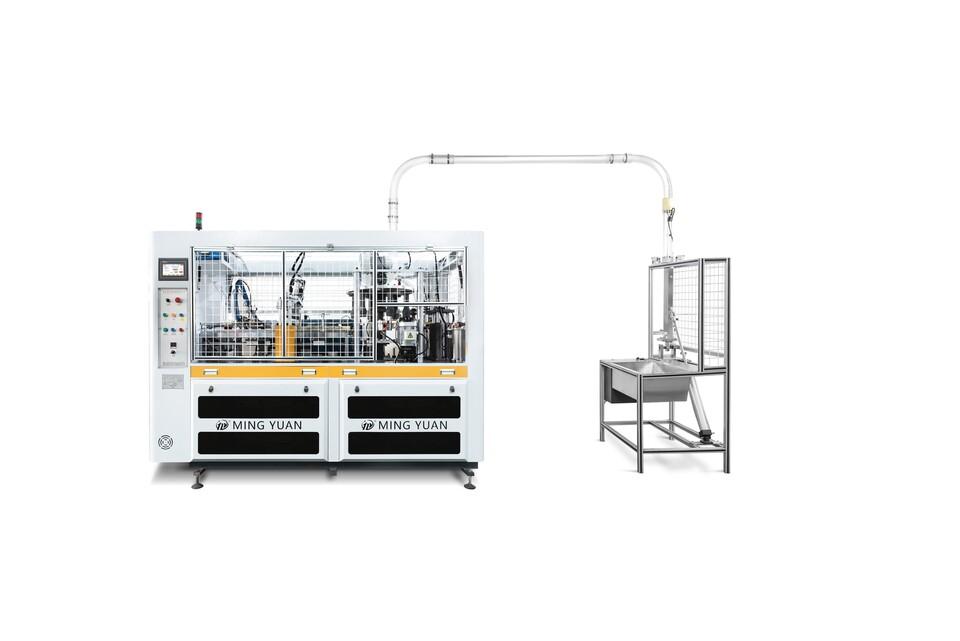
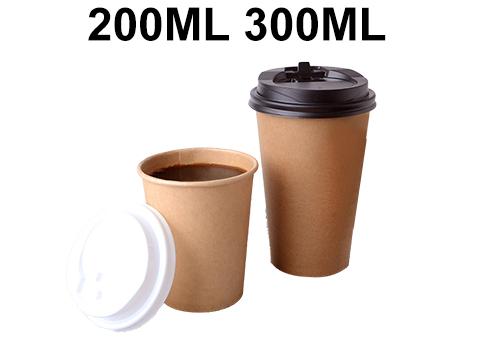

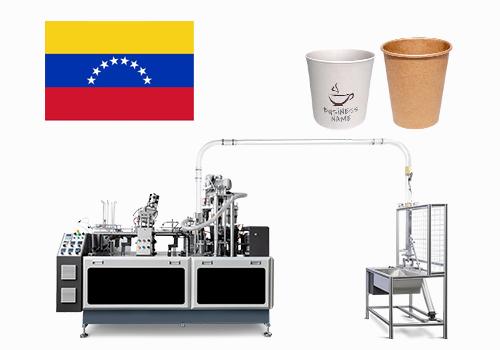

 Tel: +86-19057361870 / +86 577 65567060
Tel: +86-19057361870 / +86 577 65567060  Email: paperproductwholesaler@gmail.com
Email: paperproductwholesaler@gmail.com MP/WhatsApp: +86-19057361870
MP/WhatsApp: +86-19057361870 Manufacturer Address:No.1588, Huaming Road, Feiyun Street,Ruian City Zhejiang Province -325200 China
Manufacturer Address:No.1588, Huaming Road, Feiyun Street,Ruian City Zhejiang Province -325200 China




